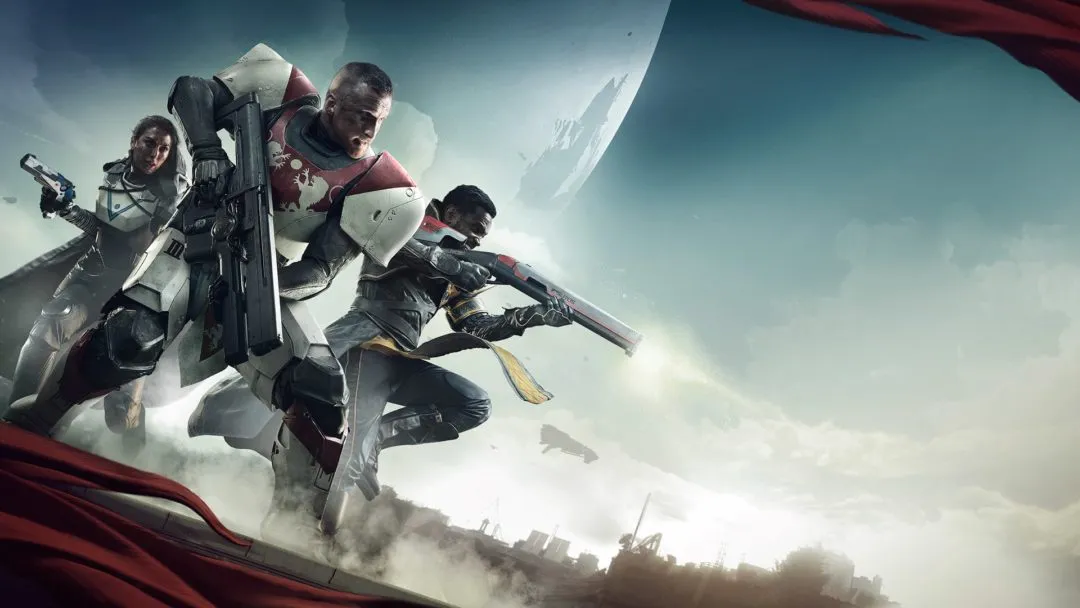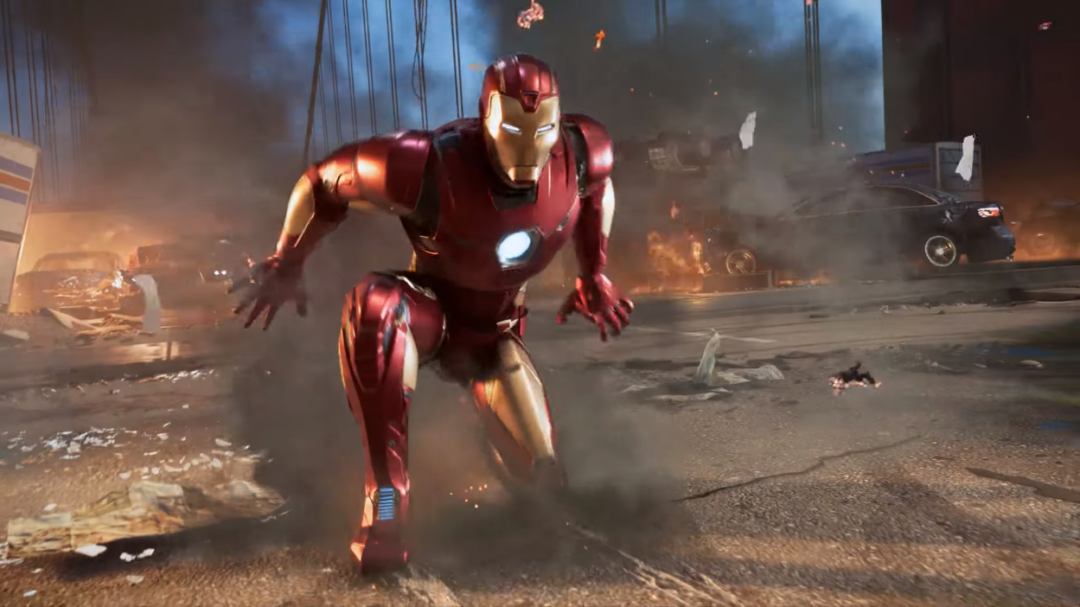
If Wikipedia is to be believed, then quick time events turn ten this year. But Wikipedia would also have us believe that Carrot Top is a comedian and that the world isn’t run by fascist alien reptiles who want to steal our water and eat us, so take that with a grain of salt.
Quick time events, or as I like to call them “oh, balls not this crap again“, are those little in-game interludes where the game pops up a prompt for you to PUSH A BUTTON, PUSH IT NOW OR LOSE! This is usually done in the middle of a sweet cutscene you’re trying to watch.
From a game design standpoint, I can understand the appeal of quick time events. They can provide a mild skill-based check for pretty much anything. We have established gameplay conventions for things like shooting, fighting, and jumping. (And now, farting. Thank you so much, Peter Molyneux.) But if your design document calls for a sequence where the player must whip up a raspberry soufflé while holding off a clan of rival ninja chefs, then you can either invent an entirely new game mechanic and train players how to use it, or you can just throw in a quick time event and go back to writing horrifyingly bad dialog. It’s a simple choice. But quick time events aren’t real gameplay in the same way that a picture of a hamburger is not food. It might look tasty enough, but it’s not going satisfy you.
It should be noted that quick time events are first and foremost a memory test, and a reflex test second. As luck would have it, my first experience with several console systems was with games that used quick time events. If you’re familiar with the PlayStation controller then you probably reflexively reach for the top of the gamepad whenever you see a picture of a triangle. But to someone who is new to the system, they might think of that as the “inventory” button, or “enter vehicle” button. If you ask them to hit triangle, their eyes will flick down to the controller. A QTE doesn’t allow for that sort of thing, which means the new player has to stop playing the game and slam up against this arbitrary challenge until they can identify all the symbols in 250 milliseconds or less. This wouldn’t be bad if this led to them developing an interesting skill, but a QTE has all the depth of playing Simon Says. Because that’s what it is. Knowing the buttons by heart is a “skill” that comes naturally over time, and there’s no real reason to arrest newcomers until they acquire it.
To me, the point of playing videogames is to give the player some sort of authorship over the world. It’s not a lot, but it’s usually at least as interesting as, “will I kill this dude using my shotgun or the rocket launcher?” Players have freedom to make tactical and strategic decisions, to decide how and when to use the abilities at their disposal, and decide how aggressive they want to be given how much health they have and how badly they suck at this particular game. There is a gradient of failure (the health bar) that allows them to accumulate and pay off small mistakes without bringing the game to a grinding halt.
But quick time events have none of these features. The player has no control over the events beyond a simple binary pass / fail. Successfully completing a QTE has the same payoff as not pressing the rewind button when you’re watching a movie. If you pull it off, you get to see what happens next. And that’s it. If you’re going to call that “interactive gameplay” then you have to defend the notion that a DVD player and a copy of Forest Gump is a game.

Consider that if a player can hit a quick time button with 98% accuracy, he has an 85% chance of beating an eight-event sequence. (0.988 = 0.85) But if another player is just a little slower and can only hit the buttons 88% of the time, then he’s only got a 35% chance of success. (0.888 = 0.35) A slight difference in skill becomes a massive disparity of outcomes. This is great if you’re trying make one of those games the really separates the proverbial men from the boys when it comes to gaming skill. Mister “35% chance of success” is going to be very frustrated and want to quit if there are a lot of chained quick time events in your game. (This is particularly true if each attempt means he has to listen to the same Resident Evil 4 dialog repeated over and over again.) But this is terrible and self-defeating game design if you’re trying to make a game to appeal to a large and diverse audience.
But even if you are making a game for the ultra-competitive chest-beating alpha males of the gaming community, quick time events are still a horrible way to go about it because nobody cares if you’re good at them. Lots of people are bad at parallel parking, but no matter how awesome a parking job you do, people aren’t going to line up on the sidewalk to give you high-fives afterward. Big deal. It’s just a stupid, routine task. It’s either frustratingly difficult or an easily overcome nuisance. Neither of these leads to all-important sensation of having fun.
This frustration is exacerbated by the fact that the QTE is usually associated with a pre-set action sequence. The player would love to watch all the spectacular fireworks going on, but they have to keep their eyes glued to one section of the screen in anticipation of the next random button prompt. When the sequence is over they focus back on the action and realize that whatever they missed must have been pretty exciting, and that they weren’t a part of it because they were playing Simon Says at the time.
Some games are better about this than others. God of War did a good job of placing the prompts in areas where you were likely already looking, and it prompted you to hit buttons that had some loose association with what your avatar was going to do. This creates the (false) impression this is something you are choosing to do, as opposed to something you’re being told to do. This makes it feel like you took part in the action instead of coaxing the game into letting you see the action. It’s an important distinction, and one that seems lost on most game designers. Likewise, Fable 2 did a decent job of testing reflexes in a way that allows the player to cultivate skill which is portable from one platform to the next. But these games are exceptions. The trend seems to be for random buttons to flash in random areas of the screen, to pull the player out of the game so he can perform an abstract chore while the game designer has all the fun.
I don’t expect quick time events to go away anytime soon. It’s a crutch, but it’s a popular one that saves time and money for developers. But if they could stop taking this bad idea and making it worse I’d call it a step in the right direction.
And someone really needs to make that ninja chef thing. Preferably not Capcom.
Shamus Young is the author of Twenty Sided, the vandal behind Stolen Pixels, and is rubbish at quick time events.




Published: Feb 6, 2009 10:00 pm